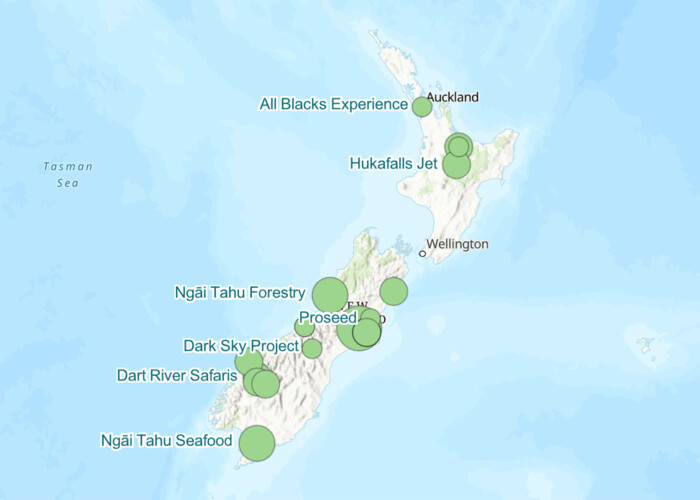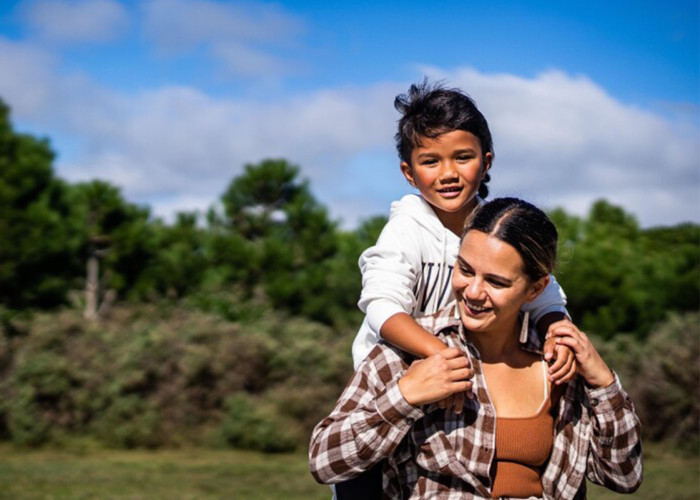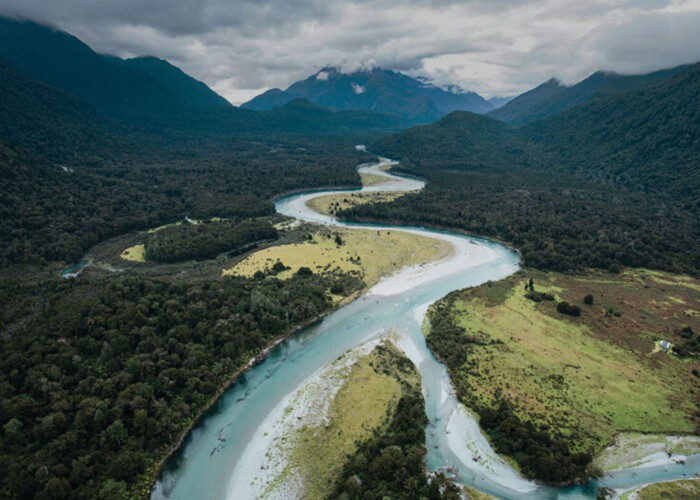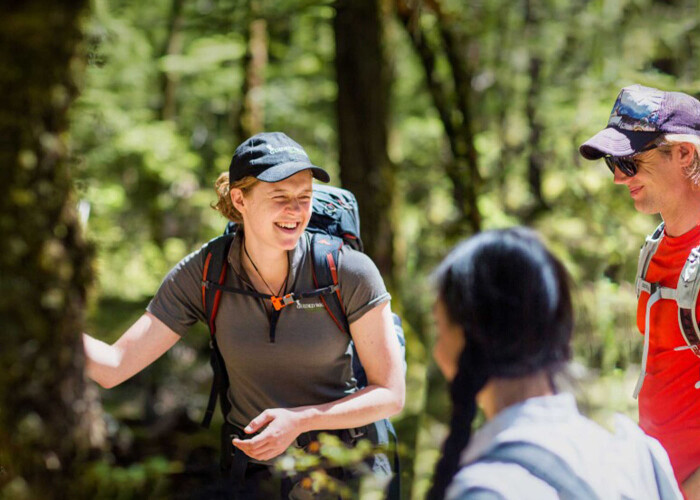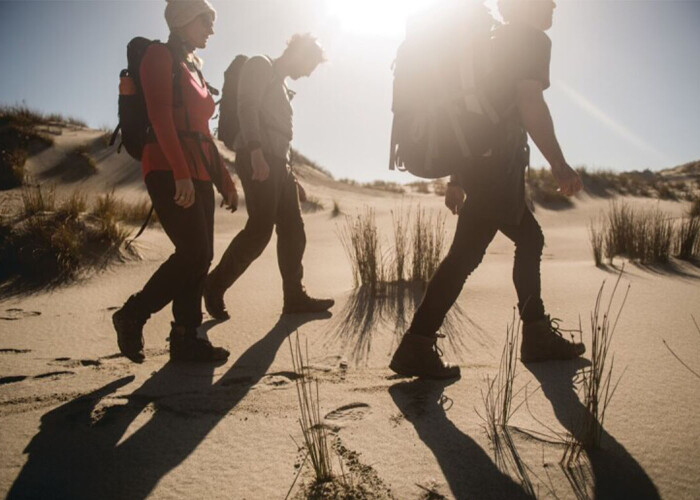Climate Change Te Kounga Paparangi

Change is here. From Aoraki,
across the high country, down
the awa, across wetlands to te
moana; the takiwā is changing.
Many of our marae, urupā and wāhi tapu are in low-lying coastal areas, exposed to rising sea levels and flooding. Our glaciers are melting and mahinga kai is becoming scarcer. Many of our taonga species are struggling to adapt to the changes and are at risk of survival. Papatūānuku is hurting.
Our Climate Change Action Plan, Te Kounga Paparangi, sets ambitious goals to ensure our organisation is taking on the challenge of climate change. These actions are guided by our overarching Climate Change Strategy Te Tāhū o te Whāriki (Anchoring the Foundations).
Our approach is founded in mātauranga and grounded in science. We are drawing on the wisdom of our tīpuna, while embracing innovation and experimentation to forge a path into the future.
Te Kounga Paparangi
Te Kounga Paparangi, our climate change action plan, is grounded in six pou – influencing every part of our operations for the better. By taking action, we’re embracing the opportunity for meaningful change. We’re experimenting with innovative solutions across industries to mitigate climate change, build resilience, and promote sustainable business practices.
What Our Future Holds
We have bold, ambitious, and exciting targets for the future. Our goals demand much more from us in emissions reduction, water management, whānau support, and taonga species protection – and map our course to a better tomorrow for our people now, and for generations to come.
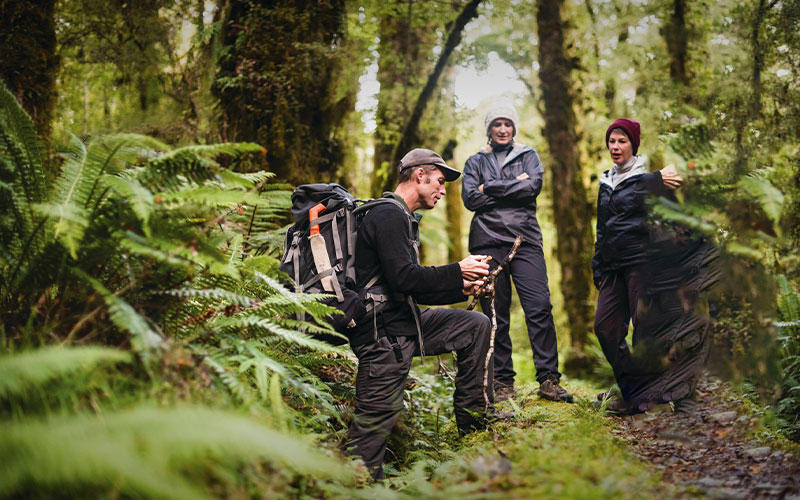
The creation of Te Kounga Paparangi has helped deepen our understanding of climate change and sustainability, and to strengthen our commitment to positive change. Each business unit has been set Tiaki Targets covering water, waste, greenhouse gas emissions and biodiversity. These are reported on quarterly and incorporated into business case analysis and decision making.
2050 Targets – A Snapshot
→ Become carbon neutral.
→ Work with Government on climate change impacts on Settlement assets, tribal lands, and resources.
→ Positively impact whānau affected by climate change.
→ Create a diverse and resilient asset base contributing positively to the world reflecting our social, environmental and Ngāi Tahutanga aspirations.
→ Implement initiatives to minimise environmental changes that impact Ngāi Tahu cultural identity.
→ Actively protect, restore and enhance abundant places and species.
Greenhouse Gas Emissions
Ngāi Tahu Group is committed to reducing Greenhouse Gas (GHG) emissions in line with the international science-based targets (SBTi) approach. Our targets are:
· to reduce Scope 1 and 2 emissions and employee commuting by 42 percent by 2030 (excluding ‘before the farm gate’ agricultural emissions’)
· for 67 percent of Scope 3 emissions suppliers to have externally verified emission reductions targets and plans.
· to reduce ‘before the farm gate’ agricultural emissions by 2030, specifically:
→ reduce emissions intensity of Fat and Protein Corrected Milk (FPCM) production from 1.25 to 0.94 FPCM
→ reduce emissions intensity of BEEF sold carcass weight production from 31.83 to 26.77kg
→ reduce absolute emissions relating to SHEEP operations by 30%
Our largest source of GHG emissions is biogenic methane (herd count) on our farming operations, accounting for around 50 percent of emissions across Ngāi Tahu Group. Other significant emissions sources are external investments, fuel use, fertilisers, and international air freight. Our base reporting year is FY22.
Scope 1 – Direct Emissions: GHG emissions from the Group’s owned and controlled sources, including enteric fermentation from livestock, fuel, fertiliser, and refrigerants.
Scope 2 – Indirect Emissions from purchased energy: GHG emissions from Group electricity use.
Scope 3 – Indirect Value Chain Emissions: GHG emissions from assets not owned or controlled by the Group. These include freight, business travel, contractor fuel, and waste.
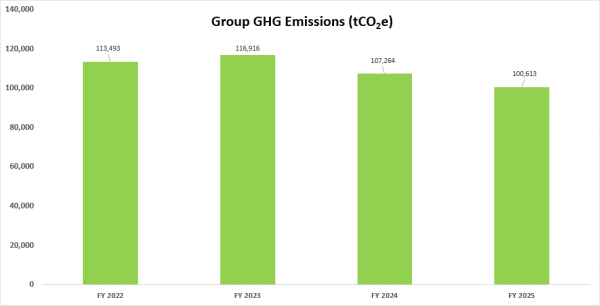
How to use this map
Click on the dots below to find details of a business unit’s emissions. Note that some dots contain multiple business units – use the arrows in the pop-out box to scroll through the locations.
Managing Our Risk
Ngāi Tahu management regularly reviews and reports on business risks, including climate change-related matters. These risks are then reviewed by leadership and our Boards and incorporated into planning and strategy.
